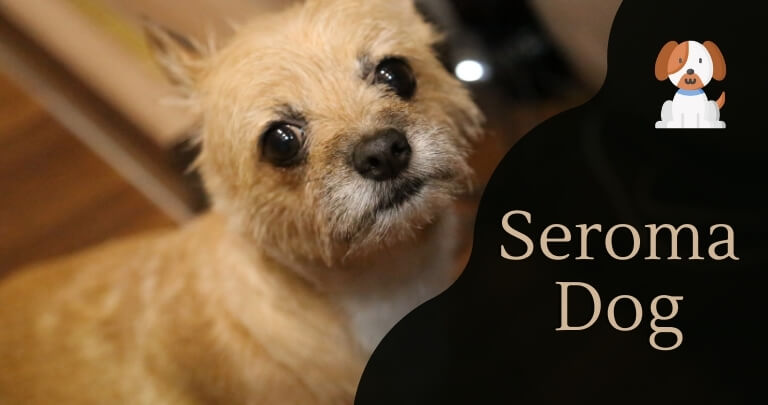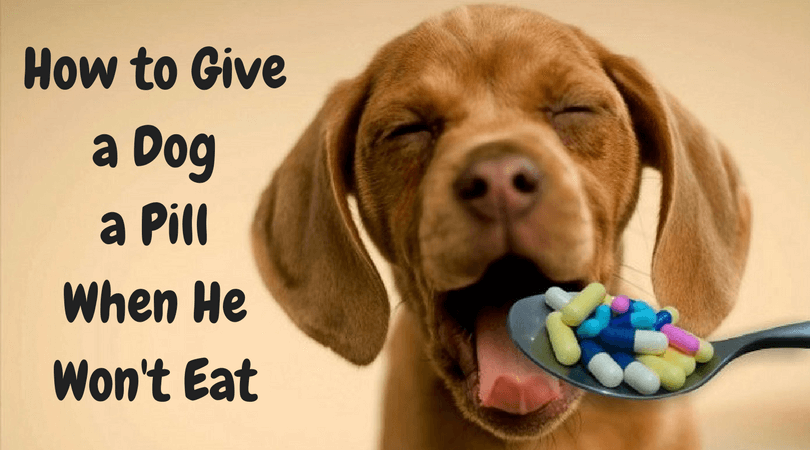Seroma Dog – Know all About it and Ways to Get Rid of it

Amputation or surgery is one of the most painful processes for us and our pet friends. Due to health conditions or accidents, these treatments become necessary. The thing to note here is that post-operative care is just as important as the treatment itself. Your little best friend will take time to recover and during this time, he/she may face complications such as a seroma.
What is a Seroma?

Seroma is an empty space consisting of fluid and sometimes blood beneath the site of trauma. It can happen near an incision as well. Seroma usually swells up and can be scary but it is mostly harmless. It also clears up with time on its own. However, if you feel that it is unnatural and increasing in size and not draining, you should speak to the vet. The vet will help get rid of the fluid and enable faster healing.
Seromas usually occur under the skin but in a few instances, professionals have seen seromas in the brain, head, and ear. Seromas are usually a result of leaving a lot of space during surgery. This space becomes dead space and leads to the accumulation of serum.
Symptoms of a Seroma in a Dog
Seromas develop near the site of the incision and swell up with fluid. This is harmless. It does not hurt the dog or cause any kind of discomfort. However, if you see redness building up with some discharge, it could be because of infection. In this case, you will need to go to the vet and have it checked.
Treatment of a Seroma
As mentioned earlier, a seroma will clear up on its own. Within a few days, the fluid will seep out and the cells will start healing. Even if there’s a tinge of blood, it is normal. Alarming signs are real bleeding from the wound and dripping. Even extreme swelling is a bad sign. In these cases, the vet will have to step in and see what is causing this problem. The treatment usually includes aspirating the sac and draining the blood. He/she may also take a sample to see if there’s an abscess. This will determine the course of further treatment.
Avoiding seroma after surgery
Give your dog some time to recover after surgery. Let him/her stay indoors and get adequate rest. Activity can cause problems because it burdens the wound. If your dog is licking the wound continuously, an appropriate collar will help. Taking these measures can avoid the formation of a seroma and enable quick, painless recovery.
FAQs About Seroma in Dogs
Here are the answers to a few questions that you may have about a seroma.
Will Dog Seroma Go Away?
Yes, it usually goes away on its own. If it is bleeding or if the swelling is not stopping, then you should see the vet.
How Long Does it Take for a Seroma to Go Away?
The normal timeline is a month but in a few cases, it can take a year or so. You can also have them surgically removed if they form a capsule and are not going away.
We hope this article cleared up all your doubts about seromas. If you have any more doubts, please contact us. We are here to help!





